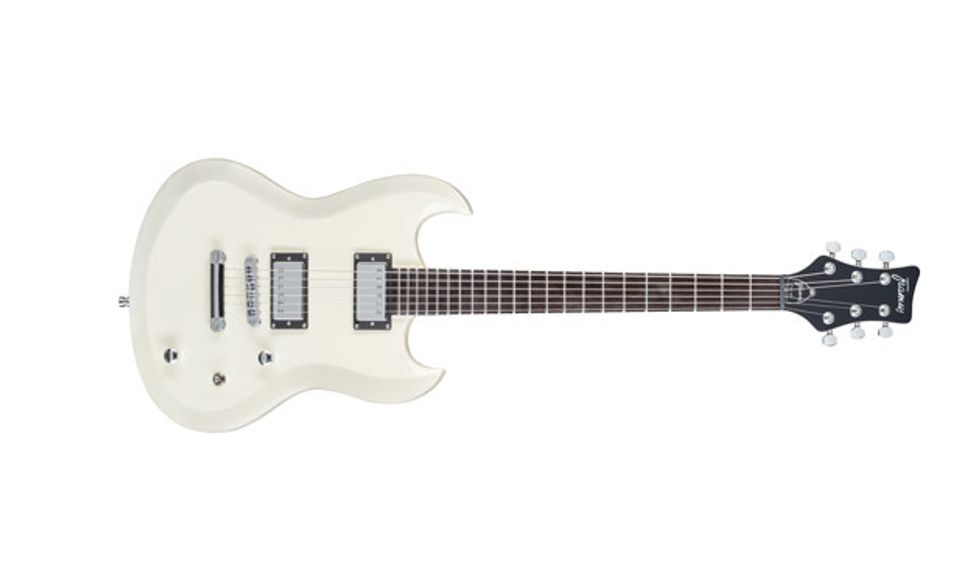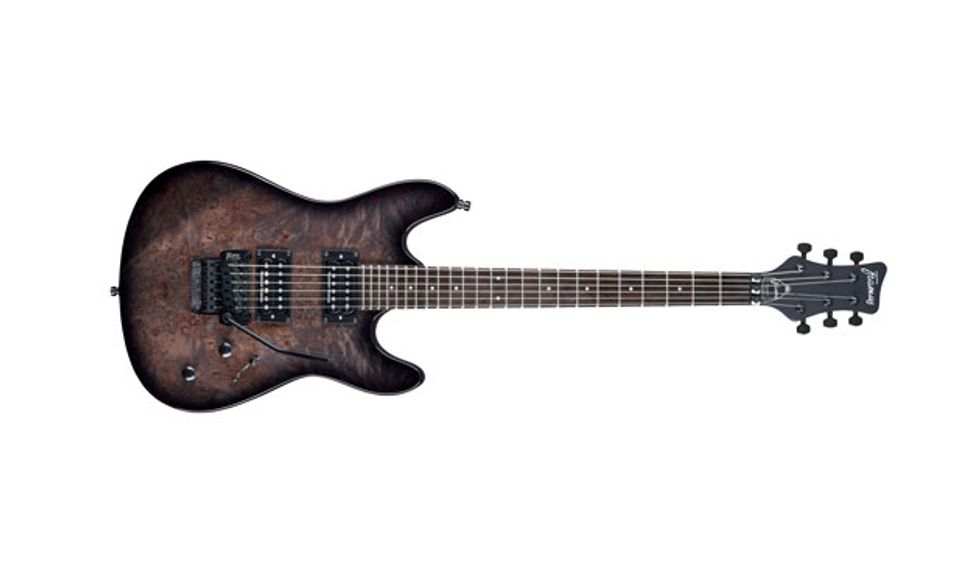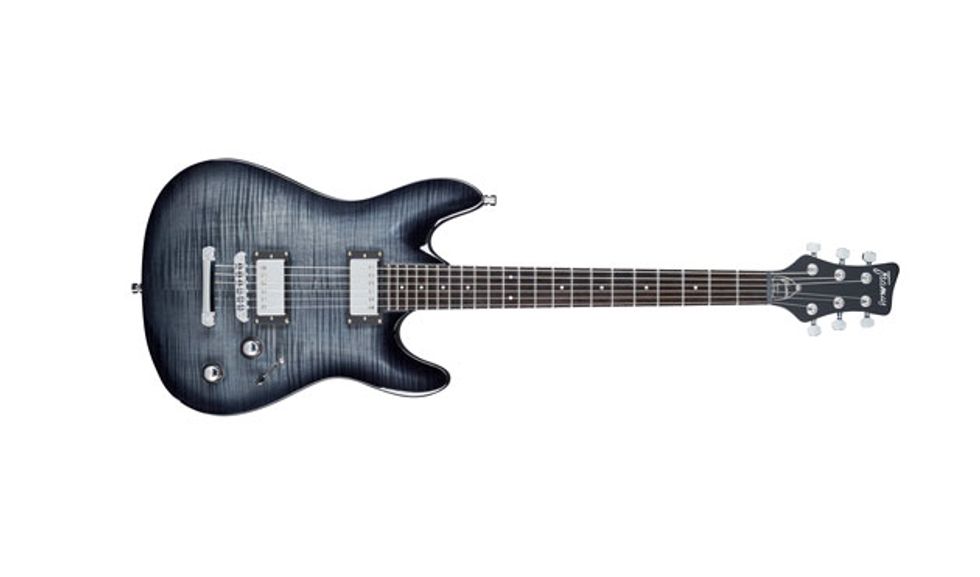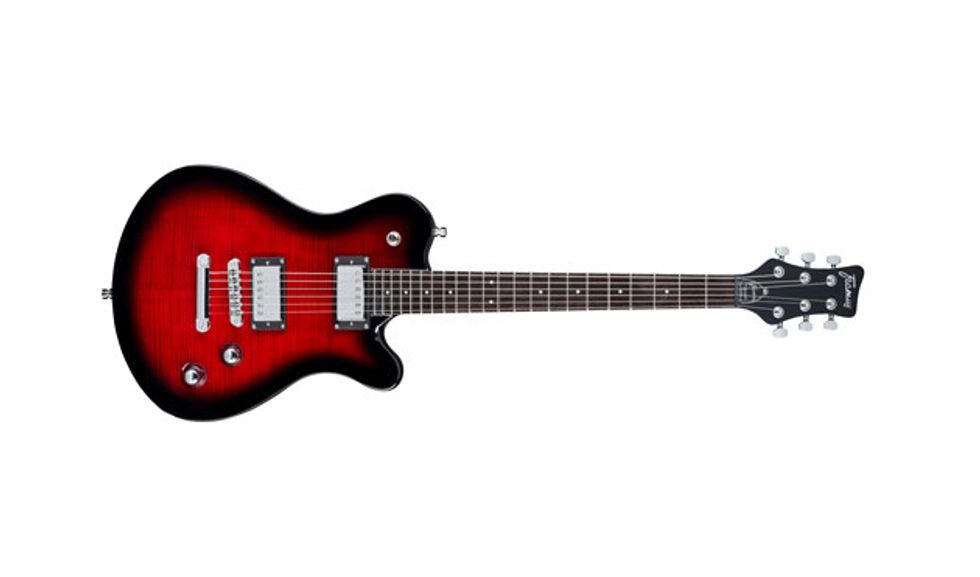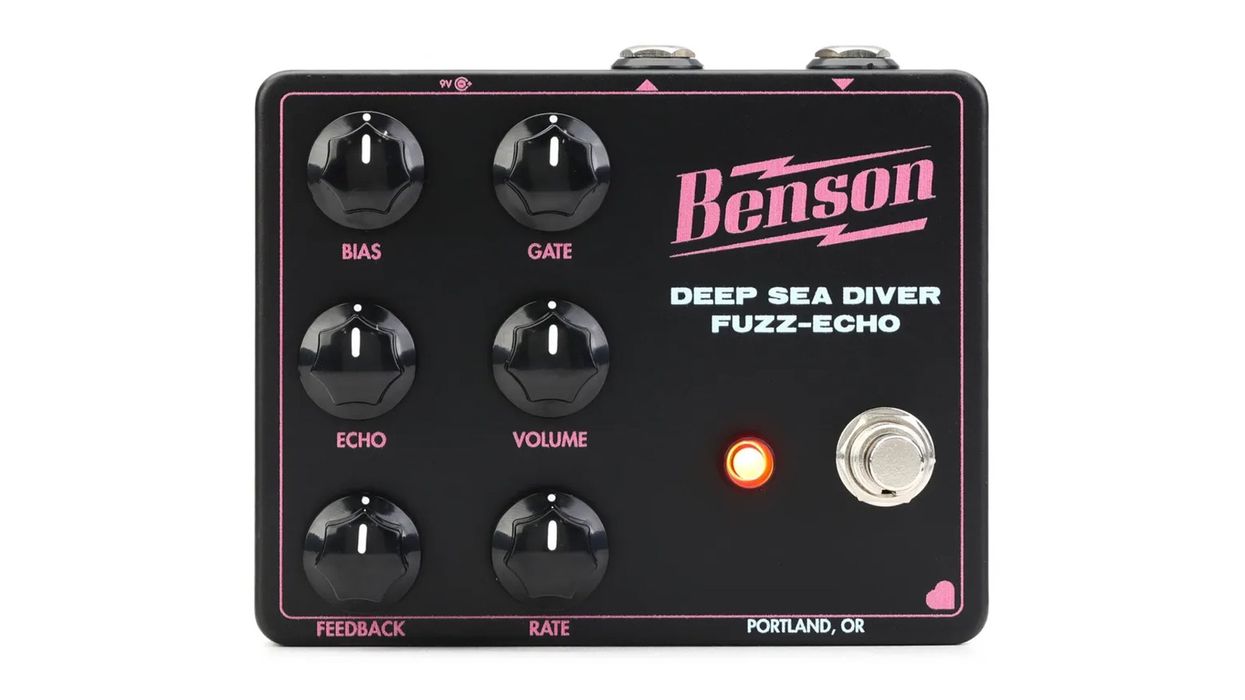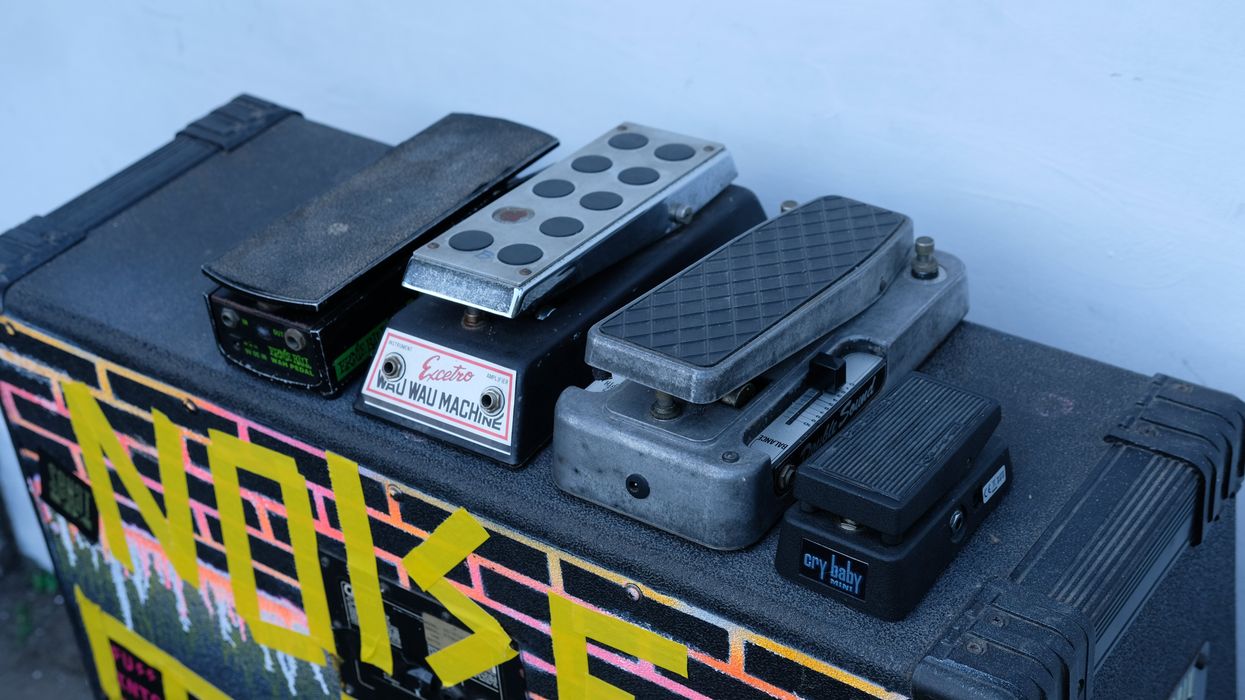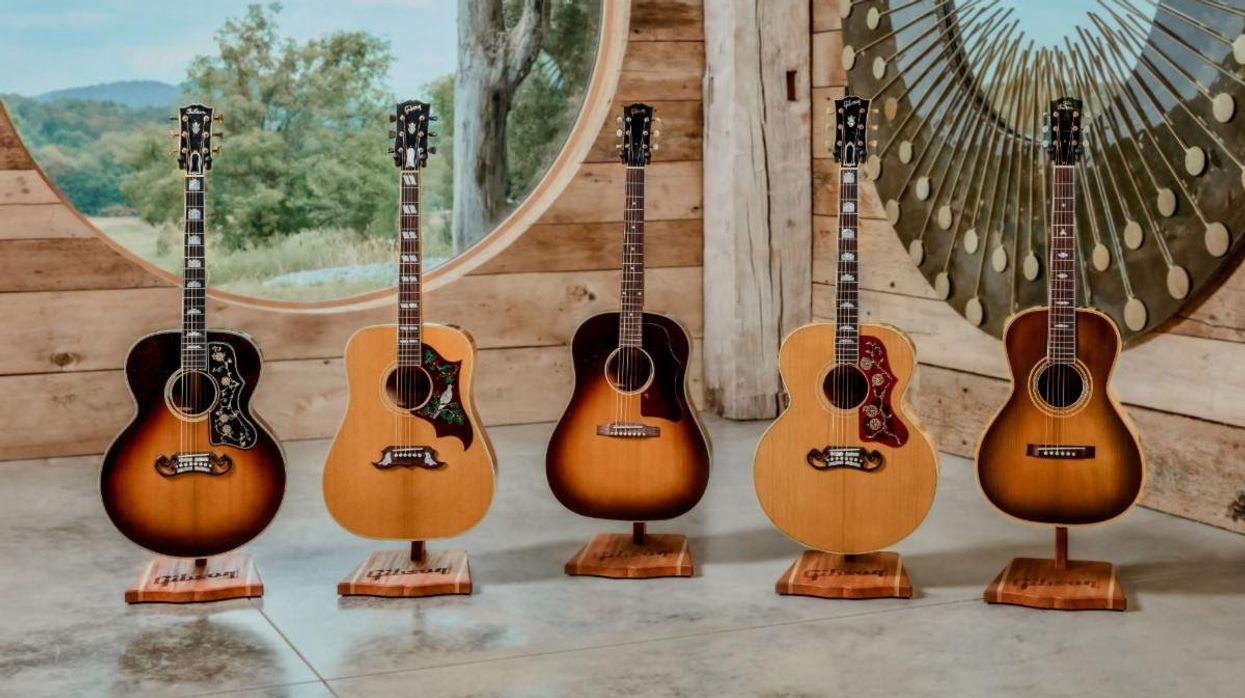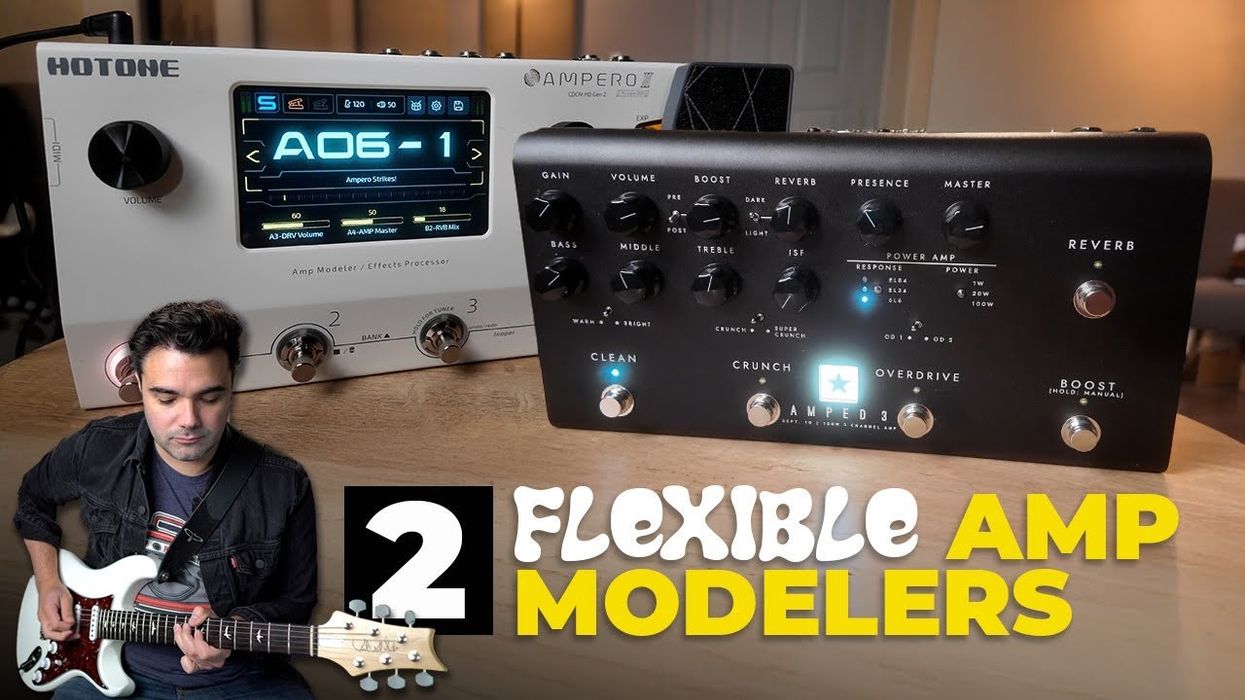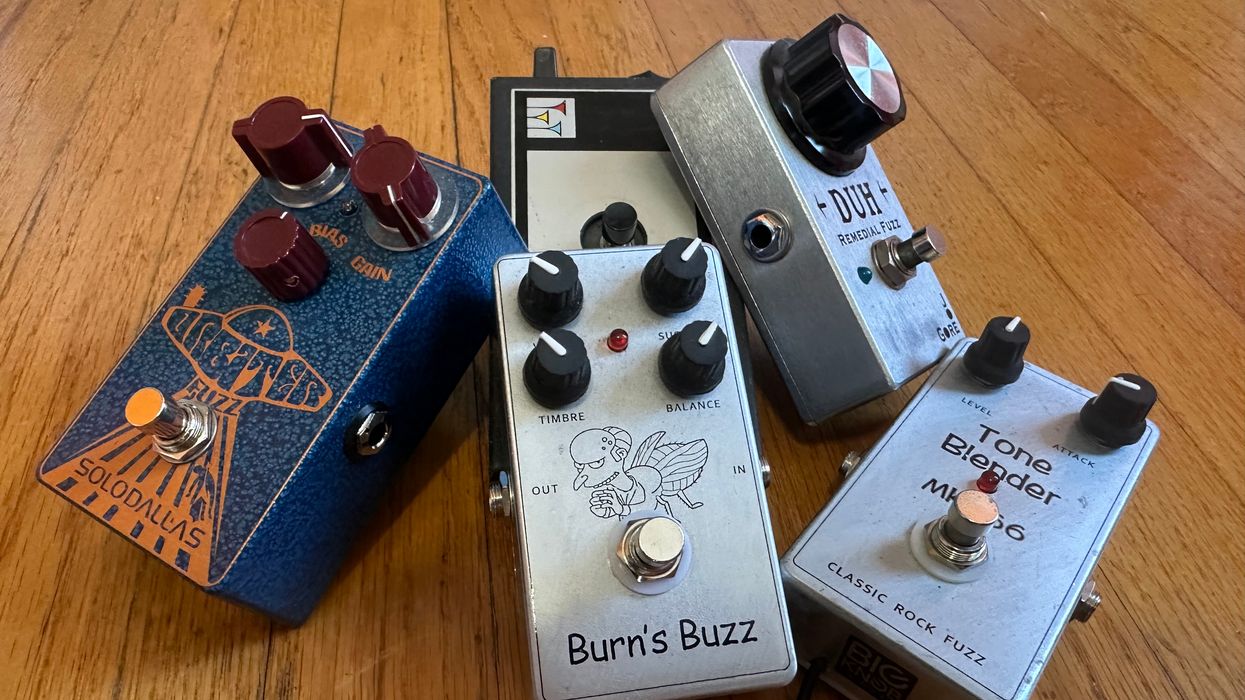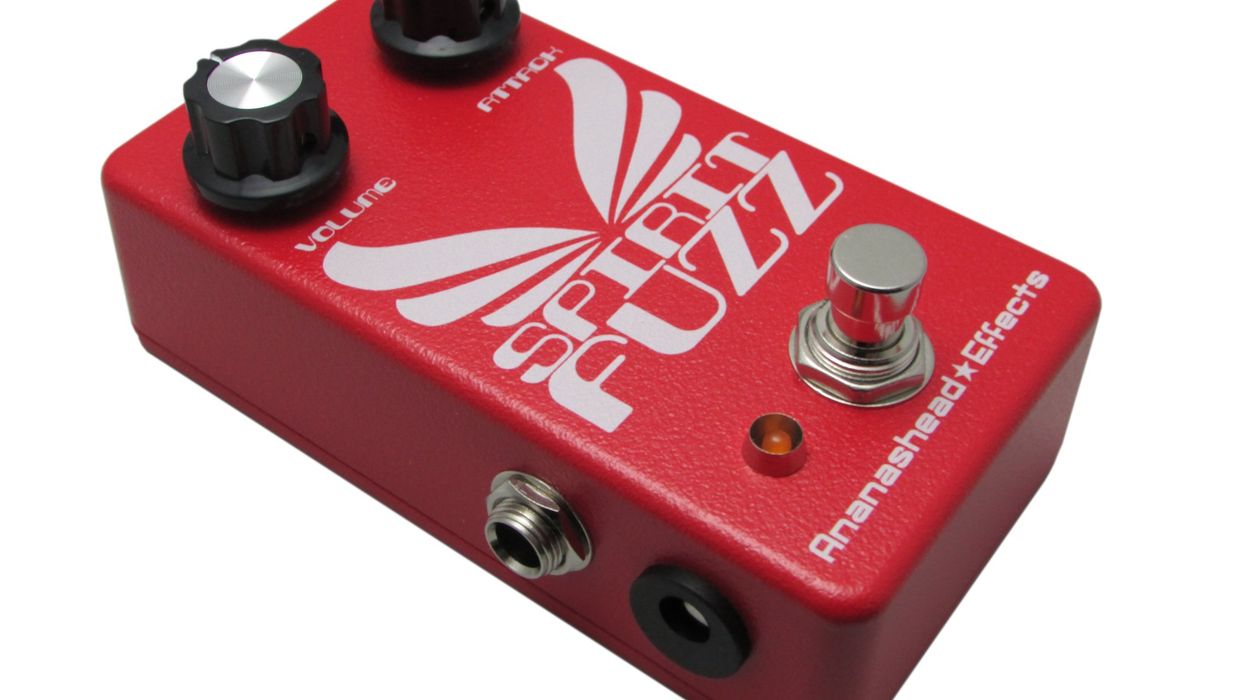Markneukirchen, Germany (April 25, 2018) -- The electric guitars of the brand new Framus D-Series are manufactured in China with the same high quality requirements as the Warwick RockBass Series instruments. The Framus D-Series electric guitars also undergo extensive final inspection, first in China and then again in Markneukirchen, Germany.
Only high-quality woods, hardware, and other parts are used for these instruments, which are based on the guitars of the Framus Teambuilt German Pro Series and the Custom Shop models. The pickups of the Framus D-Series are manufactured by Seymour Duncan / USA, the fretboards are made of Tigerstripe Ebony, and left-handed versions are available without surcharge. Warwick Security Locks, Cleartone Strings, and a Deluxe RockBag are all included.
Six Framus D-Series models will be available from June 2018:
- Diablo Pro
- Diablo Progressive X
- Diablo Supreme
- Panthera Supreme
- Panthera Pro 7
- Phil XG Artist Line
Framus D-Series Diablo Pro
Features of the Framus D-Series Diablo Pro include: flat basswood body, bolt-on maple neck, and Wilkinson style vibrato system. The Framus D-Series Diablo Pro is optionally available in the following finishes: Nirvana Black Transparent High Polish, Burgundy Red Transparent High Polish, and Natural Transparent Satin.
Framus D-Series Diablo Progressive X
Features of the Framus D-Series Diablo Progressive X include: curved body (Poplar Burl Veneer Top / mahogany back), bolt-on maple neck, and original Floyd Rose vibrato system. The Framus D-Series Diablo Progressive X is optionally available in the following finishes: Nirvana Black Transparent High Polish, Antique Tobacco Transparent High Polish, and Burgundy Blackburst Transparent High Polish.
Framus D-Series Diablo Supreme
The features of the Framus D-Series Diablo Supreme include: curved body (AAAA Flamed Maple Veneer Top / mahogany back), set-in mahogany neck, Tune’o’matic bridge, and stop tailpiece. The Framus D-Series Diablo Supreme is optionally available in the following finishes: Nirvana Black Transparent High Polish, Burgundy Blackburst Transparent High Polish, and Bleached Ocean Blue Burst Transparent High Polish.
Framus D-Series Panthera Supreme
The features of the Framus D-Series Panthera Supreme include: curved body (AAAA Flamed Maple Veneer Top / mahogany back), set-in mahogany neck, Tune’o’matic bridge, and stop tailpiece. The Framus D-Series Panthera Supreme is optionally available in the following finishes: Nirvana Black Transparent High Polish, Burgundy Blackburst Transparent High Polish, and Bleached Ocean Blue Burst Transparent High Polish.
Framus D-Series Panthera Pro 7
The features of the Framus D-Series Panthera Pro 7 include: curved mahogany body, bolt-on maple neck, Tune’o’matic bridge, and stop tailpiece. The Framus D-Series Panthera Pro 7 is optionally available in the finishes: Nirvana Black Transparent High Polish, Burgundy Blackburst Transparent High Polish, and Solid Black Satin.
Framus D-Series Phil XG Artist Line
The Framus D-Series Phil XG Artist Line features: flat mahogany body, set-in mahogany neck (fat shape), Tune’o’matic bridge, and stop tailpiece. The Framus D-Series Phil XG Artist Line is optionally available in the following finishes: Solid Black High Polish, Solid Creme White High Polish, Solid Black Satin, and Vintage Sunburst Transparent High Polish.
For international pricing, please contact your local distributor or dealer.
For more information:
Warwick
